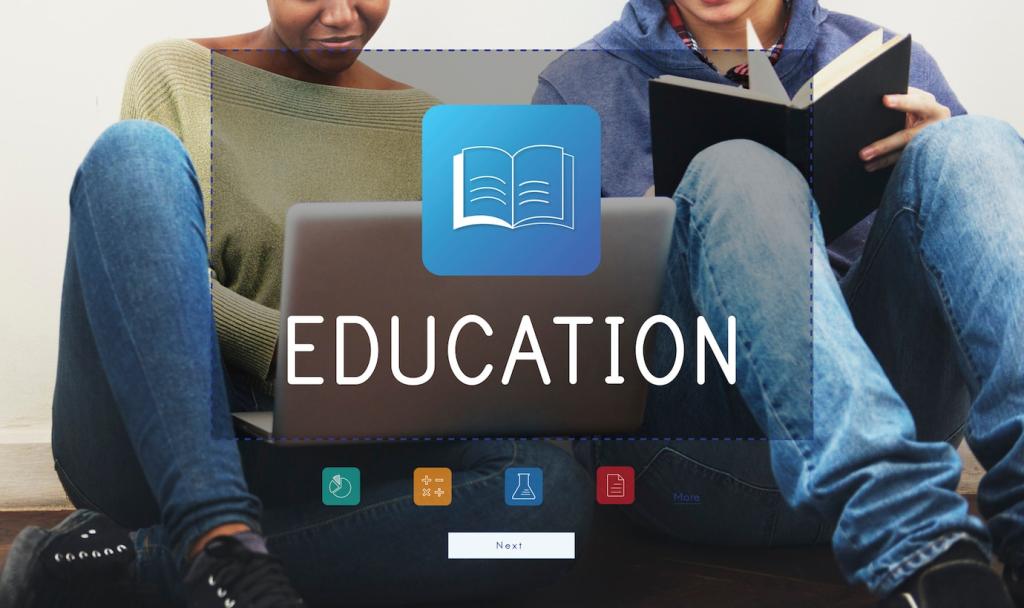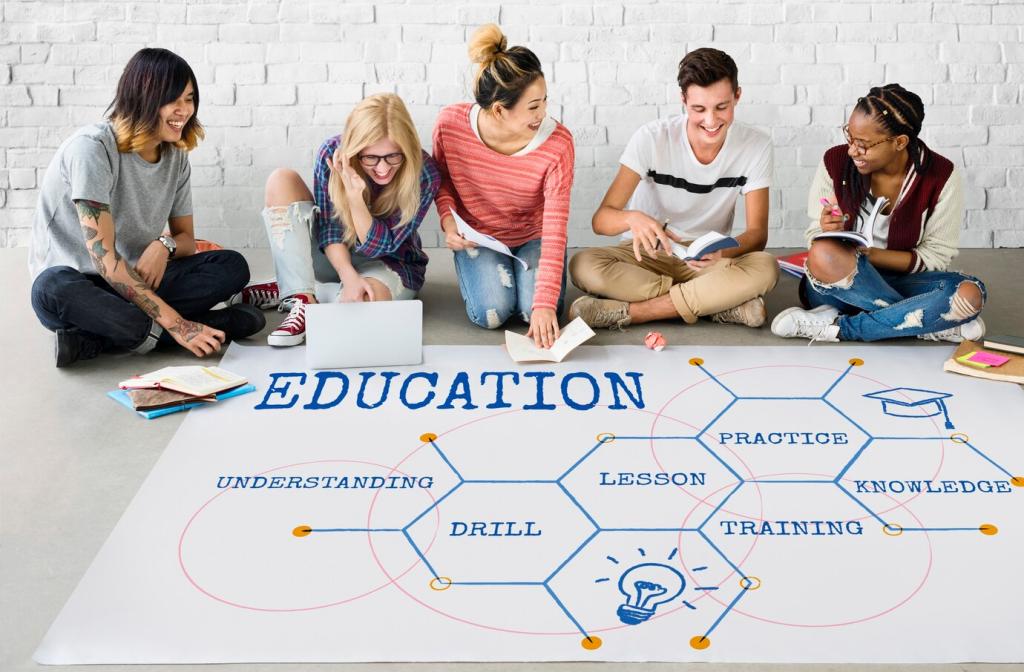IT Skills for the Modern Classroom: Confident, Creative, Connected
Chosen theme: IT Skills for the Modern Classroom. Explore practical strategies, stories, and tools that help educators teach, collaborate, and protect learning online. Join the conversation, subscribe for updates, and share your classroom wins and questions.

Device Routines That Save Time
Establish simple, repeatable routines for logins, updates, and file backups. One fifth-grade teacher shaved ten minutes off transitions by teaching students to check Wi‑Fi, battery levels, and open the day’s platform before the bell.
Search Smarter, Judge Better
Teach students to refine queries, compare sources, and read beyond headlines. Try a weekly “source showdown” where pairs defend which article is more credible and why. Post your best prompts, and we will highlight them next week.
Clear Sharing Norms and Netiquette
Model professional communication, respectful commenting, and crediting media. Use a simple checklist: ask, attribute, add value. Invite families to your norms slideshow, and encourage students to co-create your digital citizenship charter.
Cybersecurity Confidence for Every Classroom

Introduce passphrases students love to remember, like lyric‑style lines. Pair them with a password manager for staff. A science department cut account resets by teaching three-line passphrases and rotating them each semester.
Cloud Collaboration Without Chaos
Adopt a short code like Y7_Science_Labs_2025 and stay consistent. One school reduced lost files by 70% after adding date stamps and version numbers. Drop your favorite pattern so others can adapt it.
Define roles: driver, navigator, and checker. Use comments for questions, suggestions for edits, and emojis for quick consensus. Students report fewer conflicts when collaboration roles are visible on the first slide.
Use comment banks with warm language and concrete next steps. Try audio comments for tone. A new teacher noticed timely voice notes doubled revision rates because students felt seen and supported.


Data Skills for Informed Teaching
Start with sorting, filtering, conditional formatting, and simple formulas like AVERAGE, COUNTIF, and IF. A reading coach built a color-coded tracker and spotted trends before assessments, saving weeks of frantic catch‑up.
Data Skills for Informed Teaching
Create one-page views with slicers and charts for attendance, mastery, and deadlines. Share dashboards with students to co-own goals. Transparency can transform effort when progress is visible and celebrated together.
Multimedia Creation That Amplifies Learning
Fast Video Workflows for Busy Classes
Use slide decks as storyboards, record in short takes, and add captions automatically. A history class filmed two‑minute museum tours, and families said dinner conversations suddenly included Renaissance gossip.
Podcasting in Mini‑Bursts
Give students three minutes, one question, and a jingle. Audio lowers performance anxiety and boosts reflection. One shy student became the class sound engineer, teaching peers how to level volumes like a pro.
Interactive Checks for Understanding
Build quick quizzes with branching scenarios and immediate feedback. Students learn from mistakes in the moment. Share your favorite tools, and we will feature student-created examples with their permission and proud smiles.


Coding and Computational Thinking for All Subjects
Begin with paper algorithms for sandwich making, then move to block coding. A librarian partnered with math to time sorting races, proving algorithms are both concrete and hilarious when peanut butter is involved.
Coding and Computational Thinking for All Subjects
Bridge Scratch to Python by mirroring logic: loops, conditionals, variables. Build the same project twice. Students gain courage when they recognize patterns instead of feeling they are learning everything from scratch.
Accessible and Inclusive EdTech Practices
UDL in Action with Everyday Tools
Offer multiple means to access, engage, and express. Provide audio, text, visuals, and choices. A teacher’s reading groups flourished after adding text‑to‑speech and student-created glossaries with community examples.
Captions, Contrast, and Clarity
Turn on live captions, increase color contrast, and use heading styles. These small changes help everyone, not just students with accommodations. Share your go‑to accessibility checker for slides and documents.
Language Supports That Respect Identity
Use translation thoughtfully, keeping home languages visible and valued. Pair glossaries with visuals and peer buddies. Families appreciate when tech supports connection rather than replacing meaningful conversation and culture.

AI as a Classroom Co‑Pilot, Responsibly
Use AI to brainstorm lesson hooks, differentiation ideas, and exit-ticket variations, then edit for accuracy and tone. Tell students when and how AI helped so modeling remains honest and skill-building.

